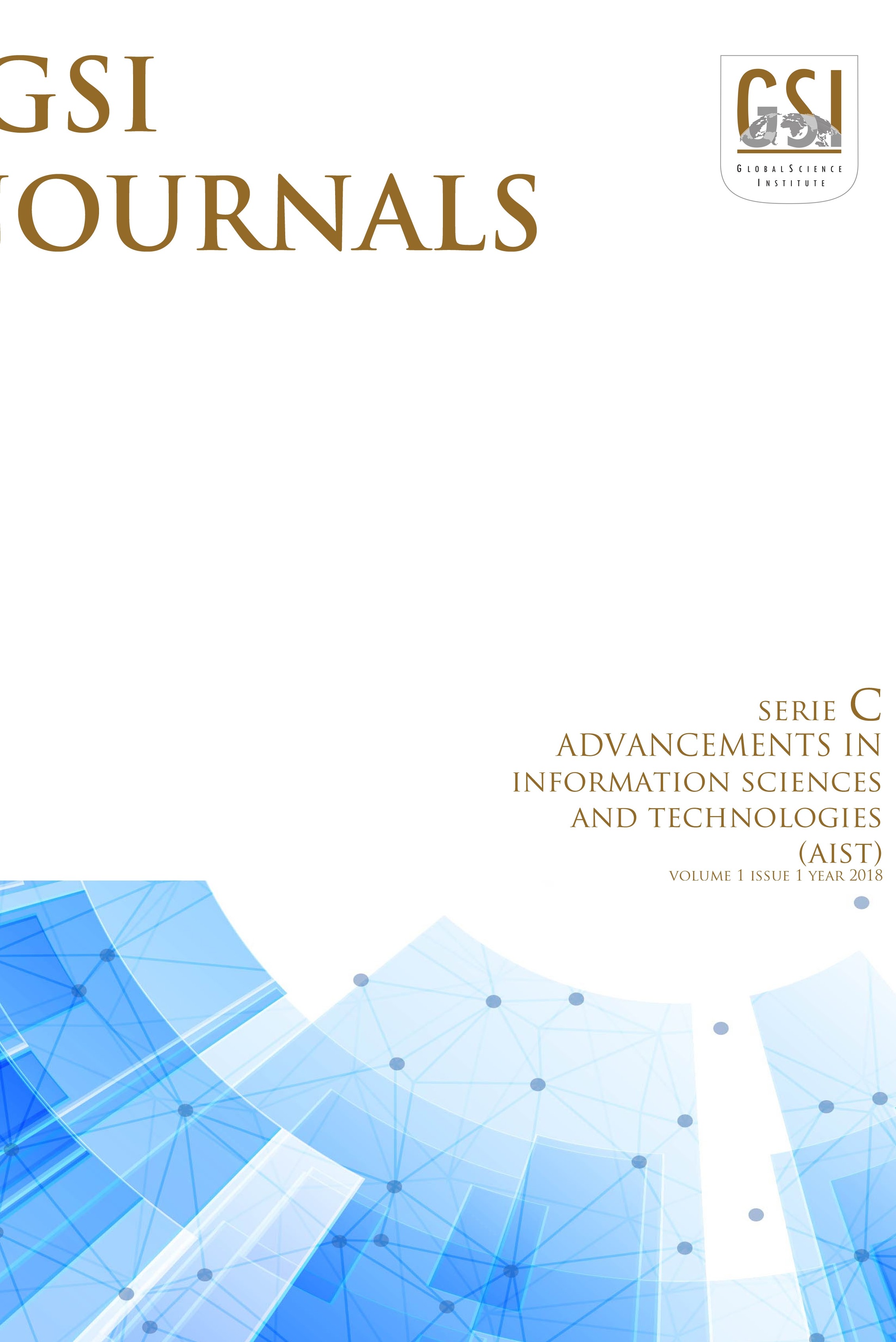Çok Düşük Frekanslı (VLF) Radyo Alıcıları ile M≥6.0+ Deprem Öncülerinin İncelenmesi
Çok Düşük Frekans, Deprem, Deprem Öncülü, VLF
Investigation of M≥6.0 + Earthquake Precursors with Very Low Frequency (VLF) Radio Receivers
Very Low Frequency, Earthquake, Earthquake Precursor, VLF,
___
- Biagi, P. F., Castellana, L., Maggipinto, T., Maggipinto, G., Minafra, A., Ermini, A., … Hayakawa, M. (2009). Anomalies in VLF radio signals related to the seismicity during November-December 2004: A comparison of ground and satellite results. Physics and Chemistry of the Earth, 34(6–7), 456–463.
- Hayakawa, M., Kasahara, Y., Nakamura, T., Muto, F., Horie, T., Maekawa, S., … Molchanov, O. A. (2011). A statistical study on the correlation between lower ionospheric perturbations as seen by subionospheric VLF/LF propagation and earthquakes. 2011 30th URSI General Assembly and Scientific Symposium, URSIGASS 2011, 115, 1–9.
- Dobrovolsky, I. P., Zubkov, S. I., & Miachkin, V. I. (1979). ESTIMATION OF THE SIZE OF EARTHQUAKE PREPARATION ZONES. Pure and Applied Geophysics, 117(5), 1025–1044.
- Hayakawa, M., Raulin, J. P., Kasahara, Y., Bertoni, F. C. P., Hobara, Y., & Guevara-Day, W. (2011). Ionospheric perturbations in possible association with the 2010 Haiti earthquake, as based on medium-distance subionospheric VLF propagation data. Natural Hazards and Earth System Science.
- Hayakawa, M., Hobara, Y., Yasuda, Y., Yamaguchi, H., Ohta, K., Izutsu, J., & Nakamura, T. (2012). Possible precursor to the March 11, 2011, Japan earthquake: Ionospheric perturbations as seen by subionospheric very low frequency/ low frequency propagation. Annals of Geophysics, 55(1), 95–99.
- Horie, T., Maekawa, S., Yamauchi, T., & Hayakawa, M. (2007). A possible effect of ionospheric perturbations associated with the Sumatra earthquake, as revealed from subionospheric very‐low‐frequency (VLF) propagation (NWC‐Japan). International Journal of Remote Sensing, 28(13–14), 3133–3139.
- Molchanov, O. A., & Hayakava, M. (1998). Subionospheric VLF signal perturbations possibly. Journal of Geophysical Research, 103, 17489–17504.
- Molchanov, O. A., Hayakawa, M., Oudoh, T., & Kawai, E. (1998). Precursory effects in the subionospheric VLF signals for the Kobe earthquake. Physics of the Earth and Planetary Interiors.
- Muto, F., Kasahara, Y., Hobara, Y., Hayakawa, M., Rozhnoi, A., Solovieva, M., & Molchanov, O. A. (2009). Further study on the role of atmospheric gravity waves on the seismo-ionospheric perturbations as detected by subionospheric VLF/LF propagation. Natural Hazards and Earth System Science, 9(4), 1111–1118.
- Phanikumar, D. V., Maurya, A. K., Kumar, K. N., Venkatesham, K., Singh, R., Sharma, S., & Naja, M. (2018). Anomalous variations of VLF sub-ionospheric signal and Mesospheric Ozone prior to 2015 Gorkha Nepal Earthquake. Scientific Reports.
- Ulas, M. (2011). Vlf sinyalleri kullanılarak depremlerin önceden tahmin edilmesine yönelik algoritma geliştirilmesi. Fırat Üniversitesi, Elazığ.
- Ulukavak, M., & Yalcinkaya, M. (2017). Precursor analysis of ionospheric GPS-TEC variations before the 2010 M7.2 Baja California earthquake. Geomatics, Natural Hazards and Risk, 8(2), 295–308.
- URL-1: http://www.koeri.boun.edu.tr/sismo/Personel/comoglu/depremnedir/index/ Deprem Tanımı ve İstatistikleri. 14 Mayıs 2019.
- Yayın Aralığı: Yılda 2 Sayı
- Başlangıç: 2018
- Yayıncı: Hilmi Rafet YÜNCÜ
Çok Düşük Frekanslı (VLF) Radyo Alıcıları ile M≥6.0+ Deprem Öncülerinin İncelenmesi
Mustafa ULUKAVAK, İsmail DEMİRYEGE
ORMAN ALANLARININ AHP YÖNTEMİ KULLANILARAK KÜTAHYA KENTİ ÖRNEĞİNDE İRDELENMESİ
Özlem ERDOĞAN, Halim PERÇİN, Yalçın MEMLÜK
Bulanık Mantık İlkelerine göre Local Geoid Hesabı; Tekirdağ Örneği
MİMARLIK VE MEDYA ETKİLEŞİMİNDE OYUN TASARIMI
Anatomi eğitimi için temporomandibular eklemin sanal anatomisi
